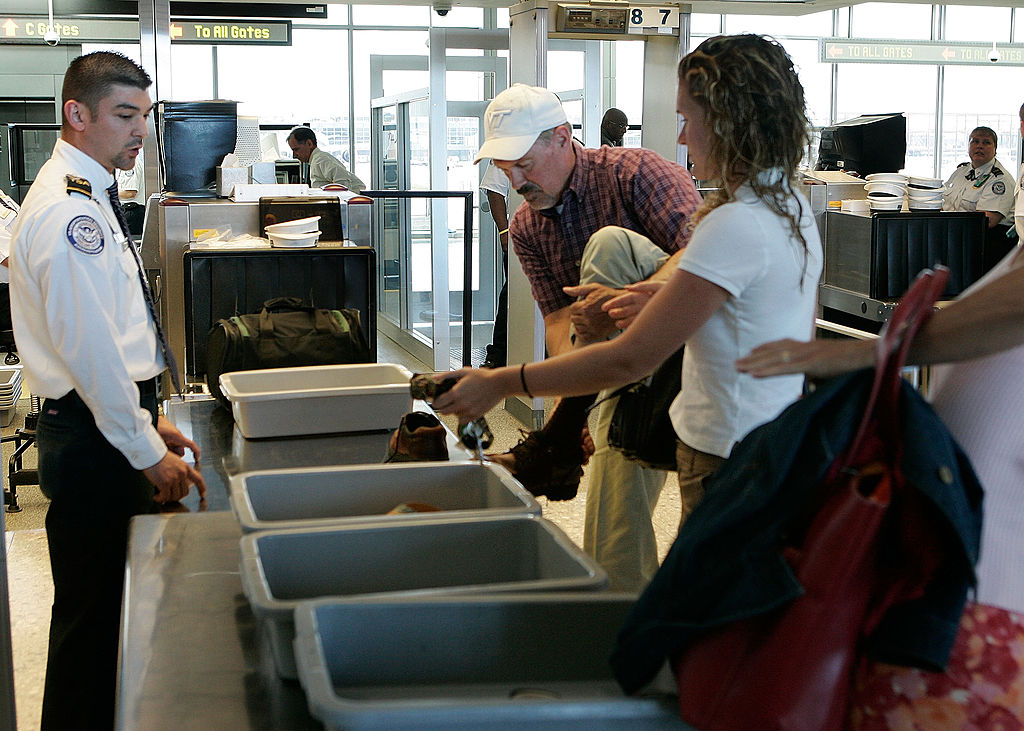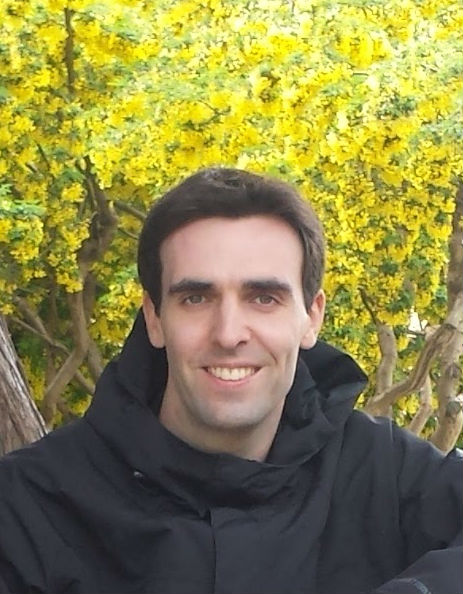Mental Bias Puts Airport Security at Risk, and This Tech Could Help

Airports of the future could use a new technology to get you through security faster and improve safety: remote screening stations that minimize the effect of a little-known cognitive bias called satisfaction of search (SOS).
It's always in the last place you look, the saying goes, but SOS describes those times when it isn't. Research has consistently shown that people have trouble locating second and third objects in searches where there may be multiple targets, which could be one of the factors in the Transportation Security Administration'sfailure to stop 95 percent of the dangerous items in a 2015 internal test by Homeland Security, according to a study published in Policy Insights from the Behavioral and Brain Sciences.
Now, pilot programs in Brussels and Bristol, England, as well as a new facility in Calgary International Airport in Alberta, are aiming to improve efficiency and security with remote screening areas where agents are physically isolated from the hustle and bustle of the checkpoint, a measure recommended by SOS researchers. Brussels has already seenits success rate increase by 16 percent, which security experts attribute to better focus. But SOS suggests that there may be more to the story, experts say. [Why You Forget: 5 Strange Facts About Memory]
Mental bias
First identified in the field of radiology, where the detection of abnormalities in X-rays can be a matter of life or death, SOS originally referred to situations where the doctor feels "satisfied" that he or she has found the problem and moves on to the next image. Of course, pneumonia doesn' preclude a patient from also having a tumor or some other issue, for example, so calling off the search too early can be a grave error, doctors have found.
While overcoming the effects of SOS has long been a part of radiology training, experienced professionals are still highly susceptible. A 2000 study in the American Journal of Roentgenology found that while an average of 12 out of 15 radiologists had no trouble identifying one abnormality in an X-ray, just half that number were able to catch subsequent aberrations in an image with two or three anomalies. Scientists reported in 1997 in the journal Emergency Radiology that up to one-third of radiological mistakes can be traced back to SOS. This resistance to years of experience suggests that SOS may be rooted more deeply.
Stephen Mitroff, a cognitive scientist at The George Washington University, argues that "satisfaction" is just one part of a wider concept of mental interference that leads to search errors. His group has renamed this bias"subsequent search misses" (SSM), to reflect its multiple origins. It turns out that searchers often do continue past their first find, so the traditional formulation of SOS isn't enough to explain the bias's wide-reaching effects, they said. [10 Everyday Things That Cause Brain Farts]
A second explanation for how searchers can miss multiple targets involves resource depletion. After you find one object, you have to remember what it is and where it is, which distracts you. "The idea is that once you find one item, it uses up your limited mental resources, your attention and your working memory," Mitroff told Live Science. "You'll keep doing the same search that you were doing before, but now with one hand tied behind your back."
Sign up for the Live Science daily newsletter now
Get the world’s most fascinating discoveries delivered straight to your inbox.
Furthermore, after finding one target, the mind becomes "primed" for that object, Mitroff said. In such a state, the brain is biased to more quickly recognize objects related to the first, either by shape or association. This may be an advantage in some cases, but when searchers are looking for disparate targets in radiology or security, it can also be a big liability. "You're in 'tumor mode,' and if another tumor appears, you'll find that, but miss a broken bone," Mitroff said.
Eliminating search errors
Mitroff's work is funded in part by the TSA and the U.S. Army, which are interested in eliminating SSM errors. By partnering with a popular mobile game called "Airport Scanner," he's been able to measure exactly how common the effect is in people searching simulated bags for prohibited items, such as guns, amid common distractor items. To quantify the SSM effect, he compared the likelihood that a study participant would tap on a threatening object that appeared in isolation with the chance that they would find the same object after having already selected another.
Overall, second items were 14 percent harder to notice than when they were alone. Even when both targets were identical — for example, two blue axes — the second was overlooked 6 percent of the time. When they were different, that figure rose to nearly 20 percent. Even more worrying, rare items such as grenades proved to be incredibly challenging to find when they appeared together with common distractors, such as water bottles.
Meanwhile, at airports around the U.S., the TSA conducts nearly 2 million searches daily. Mitroff has made a number of recommendations for improving security, including establishing remote screening centers like those in Brussels and Canada where employees won't feel pressured by long lines, or even a crowdsourced distribution system where multiple searches of the same bag could be conducted by independent agents.
Although visual search is the easiest type to study, this phenomenon likely applies to a wide range of circumstances, from proofreading to troubleshooting. "The broader point of this is, when you get that initial success, you then have a problem," Mitroff said. "It all gets back to what's the mechanism that's driving it, and if it really is this idea of attentional resources, those should come into play in other realms as well — really any sort of any situation where you're looking for an unknown number of items that might be there."
Original article on Live Science.

Charlie Wood is a staff writer at Quanta Magazine, where he covers physics both on and off the planet. In addition to Live Science, his work has also appeared in Popular Science, Scientific American, The Christian Science Monitor, and other publications. Previously, he taught physics and English in Mozambique and Japan, and he holds an undergraduate degree in physics from Brown University.










